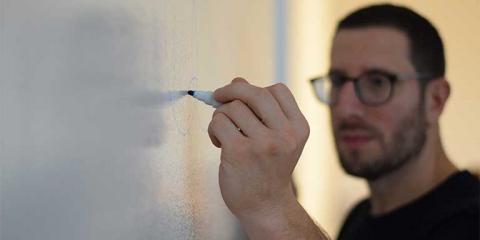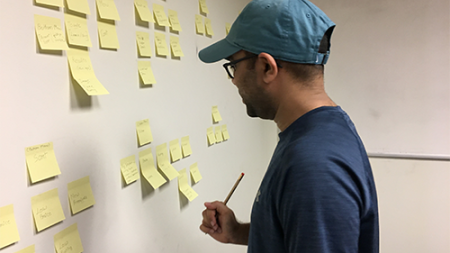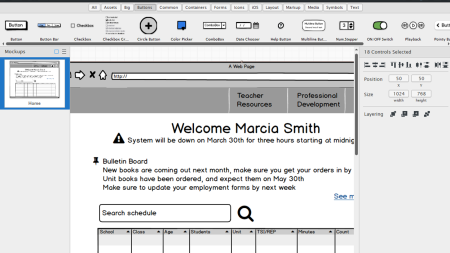
Related Class
UX scenarios avoid user experience disasters
- Published on

When thinking of UX many assume that user experience professionals are focused exclusively on website design and app design. Yet many of the same principles in user experience design for websites and apps can also be used to create better products and services. One process for improving website and app designs that transfers well to the design of virtually all products is the creation of user experience scenarios. Creating UX scenarios helps you to define various users of your products or service. As part of the UX process, scenarios are much more than determining who will be using your products. Considerations such as time, place, and location are equally important parts of defining UX scenarios.
We recently encountered an example of how UX scenarios could have helped to create a much better product design, and avoided a UX disaster. Of all places, we discovered this user experience problem with a car during a snow storm. Honda included a feature on its Odyssey minivan to help cool the interior of the minivan when it is parked in a hot location in the summer sun. When the unlock button on the remote control is pressed and held, the car windows are lowered approximately 2 inches (5 cm). The UX was developed for someone in a warm environment, yet the vehicle is also sold in the New England area. As such, there is a likelihood the car will be driven in the snow, and during some days will not need to have the interior cooled. On these days, the ability to lower the windows is more of a liability.
During the snow storms that hit the Boston area recently, the unlock button of a neighbor’s vehicle was pressed by their child, and unknown to them, the windows were lowered. A user experience scenario that had considered the car parked outside in the winter, or a child unlocking the car to get inside and retrieve a forgotten item, could have concluded that this was a possible concern. The UX for this situation yielded a vehicle that was covered in a considerable amount of snow, with fair amount of snow making it into the vehicle. The designers failed to consider scenarios that included a user experience with someone using the remote control in the winter.
When considering the user experience of websites, apps, and products, think about all the ways in which users will interact with what you are creating. Where will they be? What is their motivation? Think beyond the target user you have in mind to consider all possible user scenarios in order to create a globally positive user experience. You can learn more about UX scenarios and UX design best practices in our UX courses. The classes discuss the overall UX workflow, including ways to craft UX scenarios to help build better products.
About the author
Jennifer Smith is a user experience designer, educator and author based in Boston. She has worked in the field of user experience design for more than 15 years.She has designed websites, ecommerce sites, apps, and embedded systems. Jennifer designs solutions for mobile, desktop, and iOT devices.
Jennifer delivers UX training and UX consulting for large Fortune 100 companies, small start-ups, and independent software vendors.She has served as a Designer in Residence at Microsoft, assisting third-party app developers to improve their design solutions and create successful user experiences. She has been hired by Adobe and Microsoft to deliver training workshops to their staff, and has traveled to Asia, Europe, India, the Middle East, and across the U.S. to deliver courses and assist on UX design projects. She has extensive knowledge of modern UX Design, and worked closely with major tech companies to create educational material and deliver UX workshops to key partners globally. Jennifer works with a wide range of prototyping tools including XD, Sketch, Balsamiq, Fireworks, Photoshop, Illustrator, and Blend for Visual Studio. She also works extensively in the fields of presentation design and visual design.
Jennifer is also an expert on Photoshop, digital image editing, and photo manipulation. Having written 10 books on Photoshop, and having consulted and provided training to major media companies and businesses around the globe.
Jennifer is the author of more than 20 books on design tools and processes, including Adobe Creative Cloud for Dummies, Adobe Creative Cloud Digital Classroom, and Photoshop Digital Classroom. She has been awarded a Microsoft MVP three times for her work with user experience design in creating apps for touch, desktop, and mobile devices. Jennifer holds the CPUX-F certification from the User Experience Qualification Board and assists others in attaining this designation in leading a UX certification course at American Graphics Institute. She is a candidate for a Master’s degree in Human Factors in Information Design.


